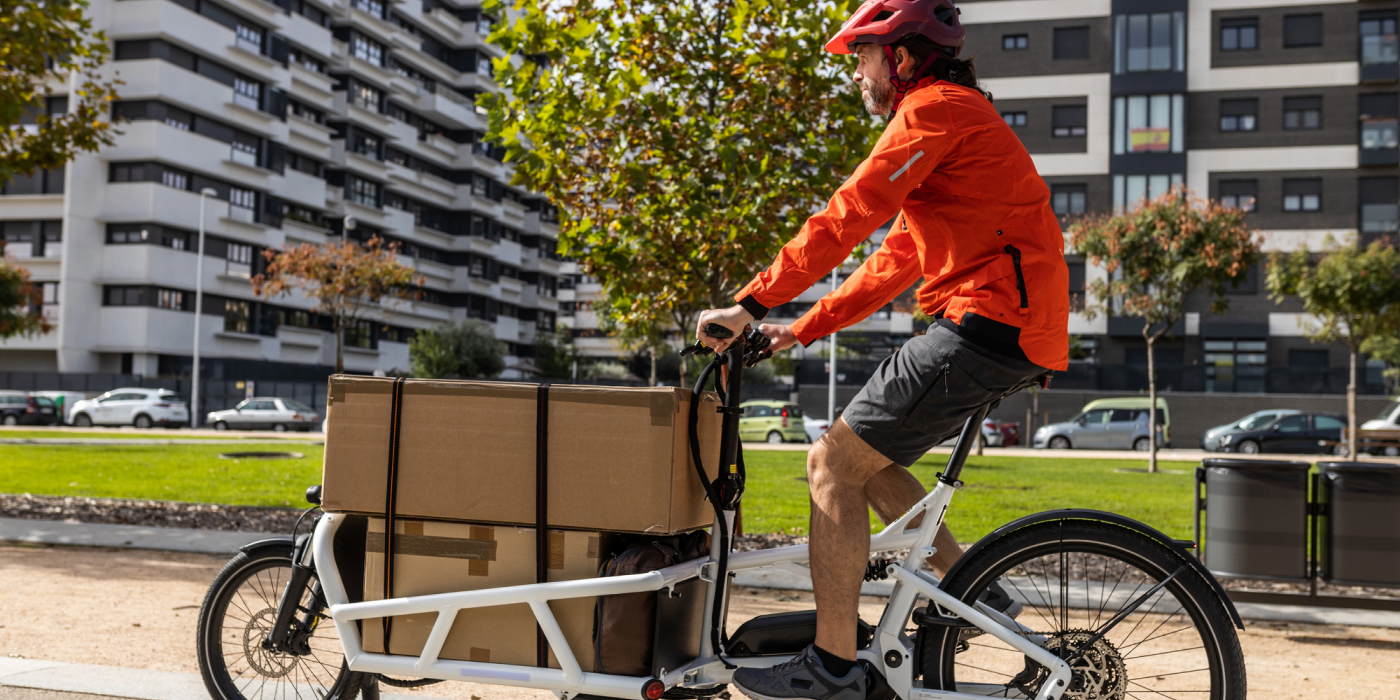The Impact of Urbanization on Retail Delivery Fleet Operations
Urbanization offers both opportunities and challenges for retailers managing their own delivery fleets. On one hand, cities represent dense customer bases, offering the potential for high delivery volume with shorter travel distances. On the other hand, congestion, limited parking, and tight delivery windows present significant logistical challenges. Increased foot traffic and proximity to warehouses can boost same-day or next-day delivery promises, encouraging retailers to develop or expand their in-house delivery fleets to capture this demand.
Here’s a look at how urbanization is impacting retail delivery fleet operations and how retailers can adapt to thrive in urban environments.
High Delivery Density
In densely populated neighborhoods, more orders are concentrated into smaller geographic areas. While this boosts delivery density, potentially reducing cost per delivery, it also creates challenges. Unlike suburban or rural areas where a driver might pull up to a single-family home and quickly drop off a package, urban deliveries often require more time to access the recipient. Delivery points can be spread vertically in multi-unit residential buildings, requiring additional time and resources per drop-off. Deliveries to offices may require sign-ins, appointments, or navigating internal mailrooms, slowing down the drop-off process.
Efficient management of these delivery nuances is critical for fleet productivity. Grouping deliveries to the same building or neighborhood reduces repeated trips and optimizes driver time. Assigning specific drivers to specific urban zones allows them to become familiar with building layouts and delivery nuances, increasing speed and efficiency. Offering customers options such as parcel lockers, curbside pickup, retail pick-up points, or scheduled delivery time-windows can help to streamline the last-mile experience and reduce failed delivery attempts.

Limited Parking
Dense urban areas often have scarce and expensive parking options for delivery vehicles, making loading and unloading difficult. Delivery drivers may have to park blocks away from drop-off points, adding time and complexity to each stop. This not only slows down deliveries but also increases the risk of parking fines. Delivery drivers often double park their vehicles to make deliveries faster. However, this can increase traffic congestion and frustrate drivers trying to navigate around big vehicles on narrow streets.
With tighter streets and pedestrian-friendly infrastructure, alternative delivery modes like bike couriers or walking delivery agents can outperform vans in some dense areas. Integrating electric bikes, scooters, or smaller electric vans alongside traditional trucks allows fleets to better navigate urban terrain. These alternatives can maneuver and park more easily and are environmentally friendly. Replacing internal congestion engine (ICE) vans with EVs could reduce carbon emissions by up to 85%. Switching from ICE two-wheelers to e-bikes in cities could cut carbon emissions by 90% and last-mile delivery costs by 22%, according to the World Economic Forum.
Traffic Congestion
Urban centers around the world suffer from traffic congestion, especially during peak hours, which significantly impact delivery speed and fleet efficiency. Delivery drivers often face long delays and can spend hours stuck in gridlock, which increases fuel consumption, driver fatigue, and operational costs. It also makes meeting tight delivery time-windows difficult. Implementing route optimization software can help retailers maximize fleet utilization and improve delivery efficiency. Advanced algorithms analyze real-time traffic and delivery constraints to create flexible, optimized routes that minimize delays and fuel consumption.
Cities are testing innovative strategies to help minimize traffic congestion and enable faster last-mile delivery. New York City is working to reduce congestion and truck deliveries through a microhub pilot program that provides curb space for delivery trucks and couriers. The microhubs will create designated spaces for Amazon, Net Zero Logistics and UPS on the Upper West Side, allowing those companies’ delivery trucks to transfer packages to cargo bikes, pushcarts and zero-emission vehicles to complete the last leg of deliveries, minimizing truck trips on busy city streets. The city plans to expand the pilot program over the next three years to 36 microhub sites.
Urbanization is transforming retail delivery fleet operations, driving businesses and cities to innovate faster to mitigate challenges and increase delivery efficiency. Retailers with in-house delivery fleets must rethink their logistics playbook, integrating new technologies and flexible strategies in order to adapt to city-specific constraints and unlock new growth opportunities in urban markets.
For more information about how our delivery management solution can help you manage your delivery operations more efficiently, please contact info@bringoz.com.
